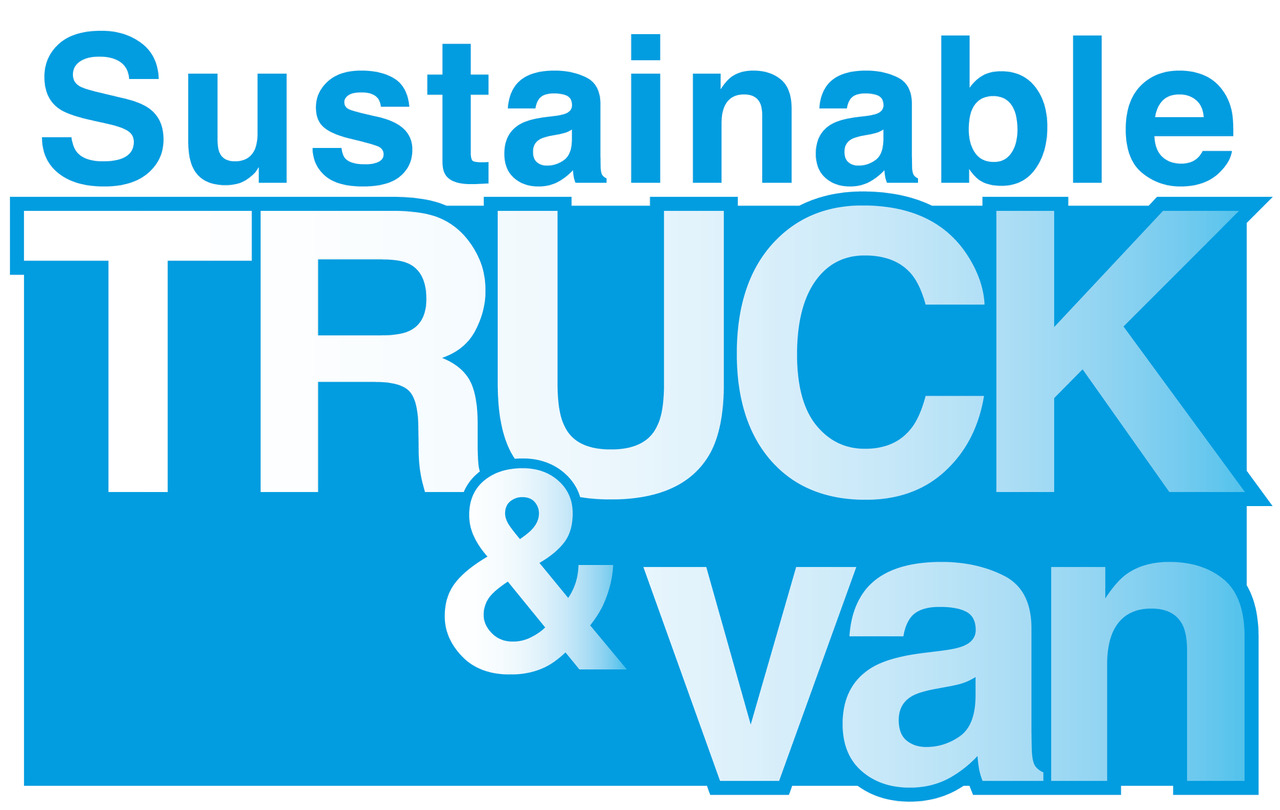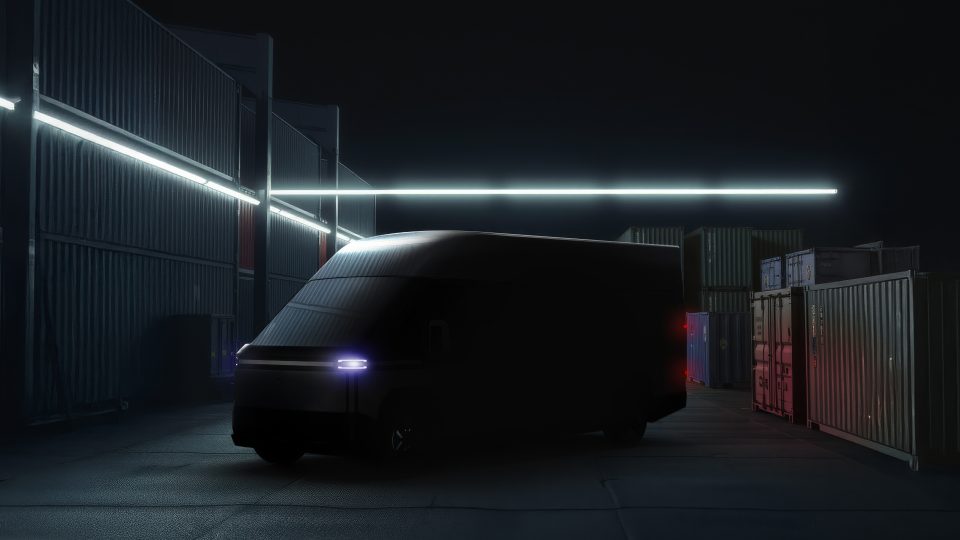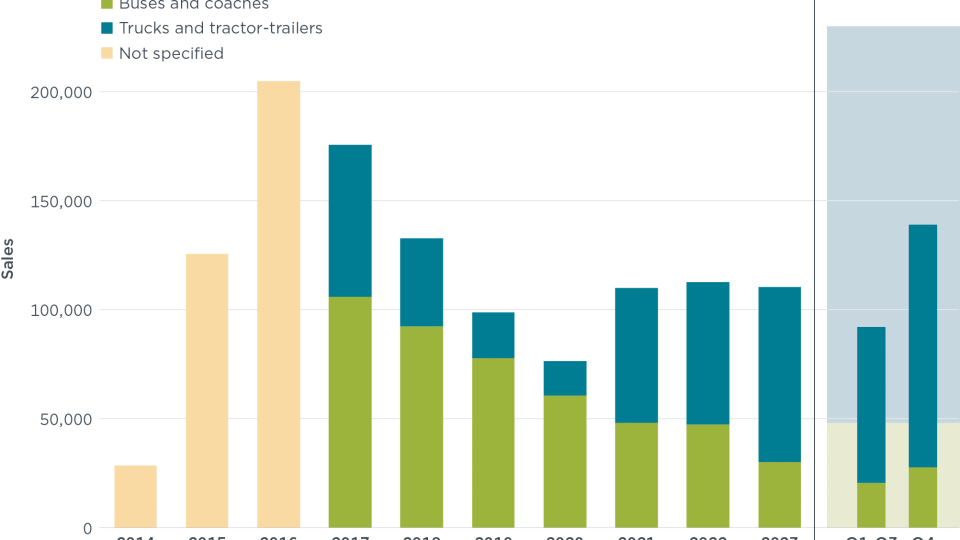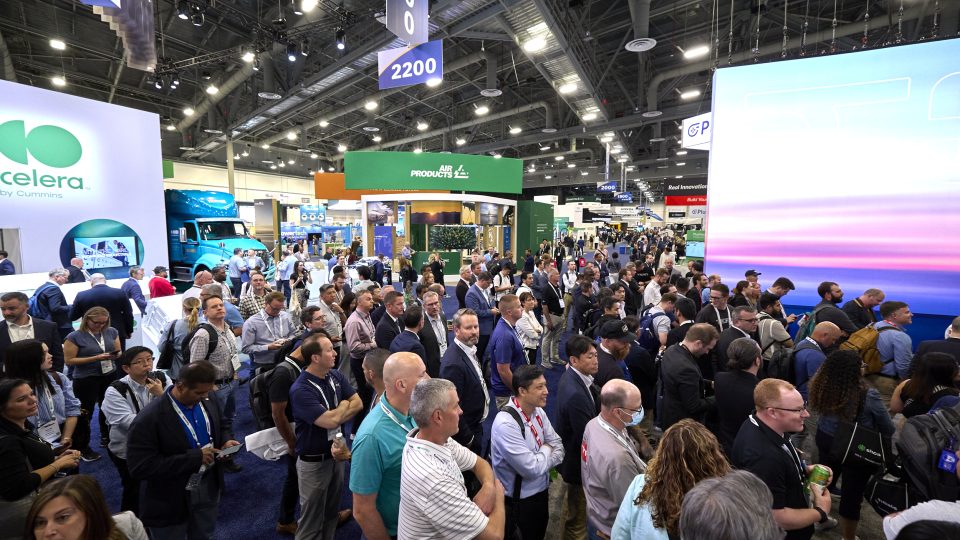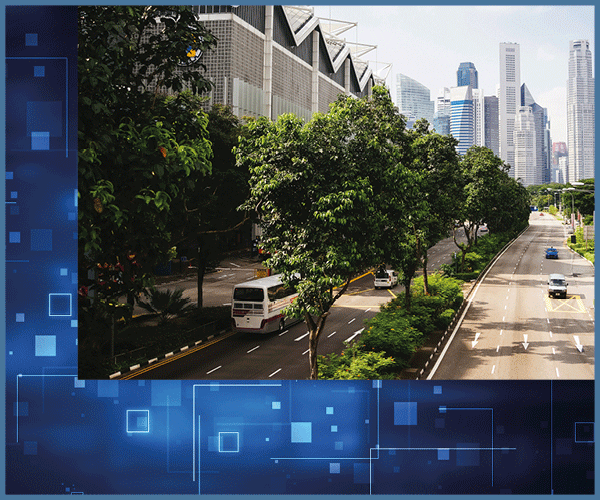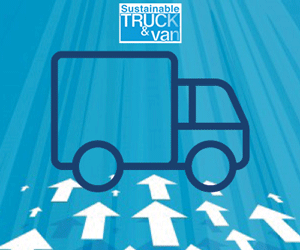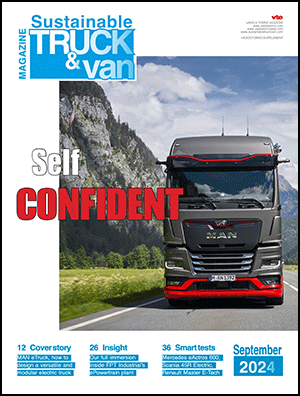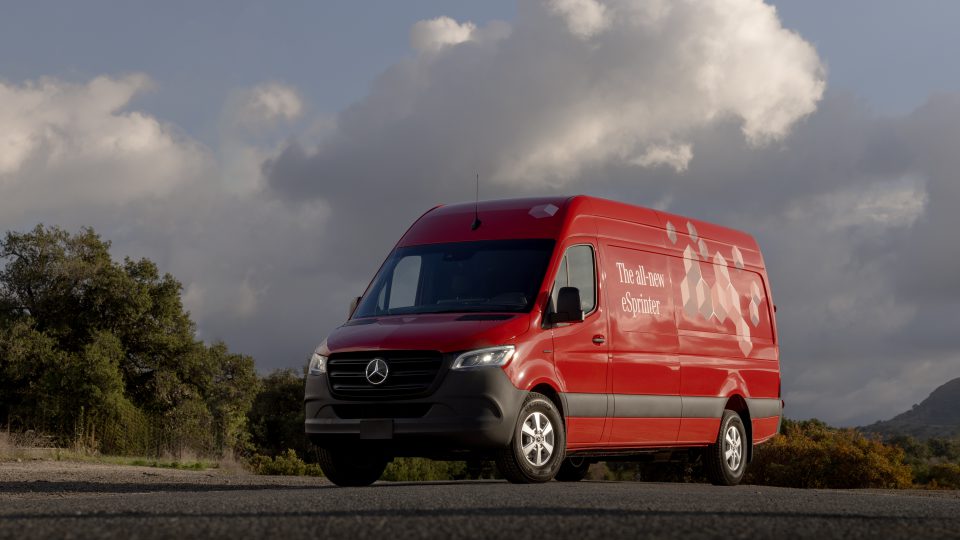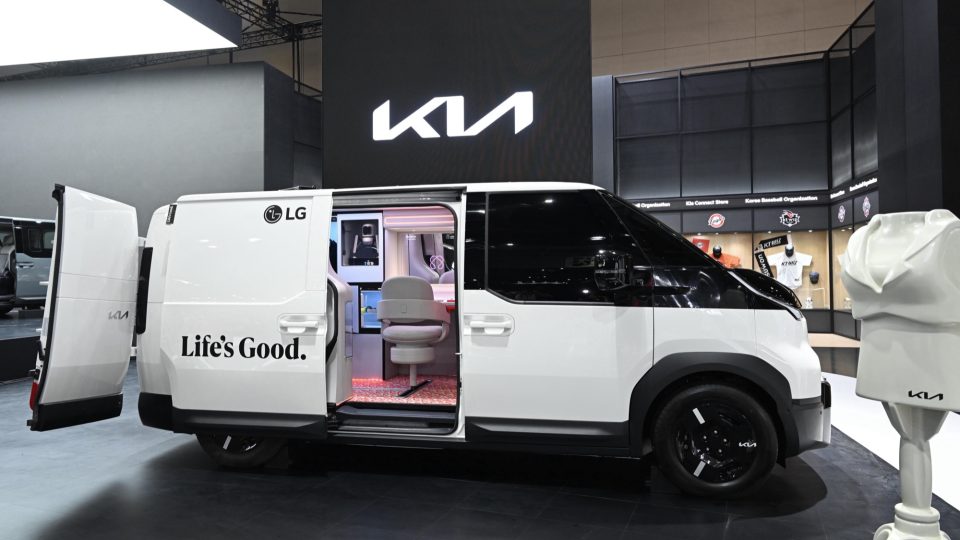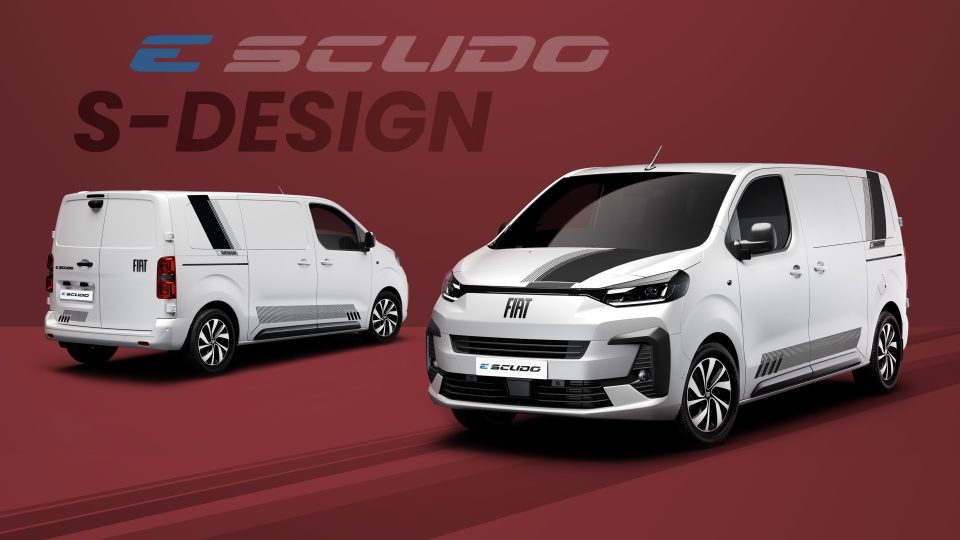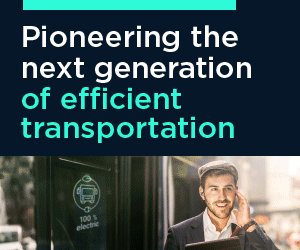Pierre Sirolli explains the Flexis project: “Our revolution rests on software and services”
“In Flexis we want to create the future of the last mile,” he told us at the official launch of the first Flexis prototypes in Paris. “Software plays a central role in the vehicle. Software-defined vehicles make it much easier to do upgrades, updates and integration".

We had left Pierre Sirolli at the head of Renault Trucks Italy, an experience that marked about a four-year period of his career. Now, Sirolli heads Flexis’ Services and Solutions division, perhaps the most innovative part of the project. We met him in Paris, at the official launch of the new electric vans developed by the joint venture shared by Renault, Volvo and CMA-CGM. “In Flexis we want to create the future of the last mile,” he says. “From a strictly personal point of view, it’s very inspiring to put the skills I’ve built over the course of my career to use to create a brand truly from scratch.”
Pierre Sirolli: Flexis and the software-defined vehicles
We will hear a lot about it in the coming years: what exactly is a software-defined vehicle? And why can it revolutionize light commercial transportation?
“Software plays a central role in the vehicle. Software-defined vehicles make it much easier to do upgrades, updates and integration. We can say that software is a kind of neutral layer that allows you to program functionality without touching the physical part of the vehicle.”

Kind of like having a smartphone….
“It is like having the ability to always install new apps on a smartphone, regardless of its hardware. The separation of operational logic and hardware makes it possible to do updates over-the-air, then remotely very easily and quickly. In addition, a software-defined vehicle has a centralized architecture: there are not multiple ECUs, thus being able to better manage the software part. Therefore, it is easier to customize the vehicle functionality by drivers, but also by fleet managers. This positively affects the safety and reliability of the electronic system. Finally, there is direct integration with the cloud, thus being able to replicate the vehicle in virtual, in the cloud, getting real-time data and improving integration with other software.”
The pay-per-use formula
What will the pay-per-use formula you envisioned for customers consist of?
“This is our idea on pay-per-use: we envision a single installment for the customer, which includes the cost of the vehicle and related services. If the customer then wants to purchase a new service, he can do so at any time, adjusting the monthly installment accordingly. In addition, we would like to be able to adjust the installment precisely based on the kilometers actually driven by the customer, introducing the flexibility that we believe is lacking in the market so far. We are still at an early stage of our journey and the details have not been defined, but this is the principle we would like to follow.”

Speaking of services, what are the needs of the logistics companies you are dealing with?
“We have started a real co-creation process with customers, working closely with them to understand what they need and create an offer that is as customized as possible. First and foremost, companies ask us to have vehicles that work: availability of spare parts, proactivity in maintenance, and so on. We will use what we already do in the heavy vehicle world applied to light commercial vehicles. I am referring, to be clear, to preventive and predictive maintenance on vehicles.”
And then there is the recharging aspect, we imagine….
“Exactly. Larger customers, who have significant depots, can install suitable infrastructure to charge vehicles. In this sense, we see that customers are still often bewildered about what features the charging systems must have or services like smart charging, and so on. We will support them in this regard with dedicated specialists.”
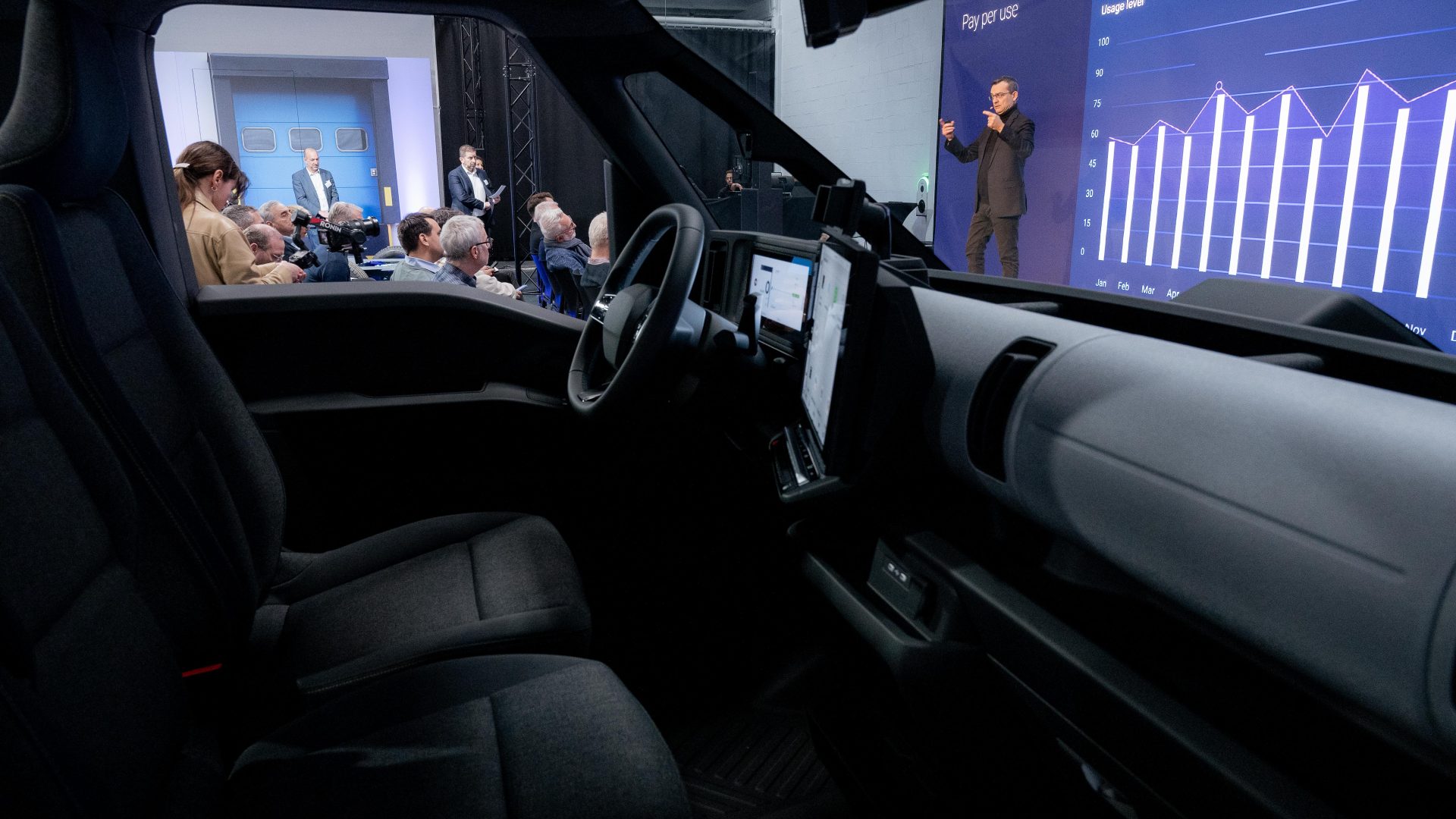
What is Flexis doing to increase delivery efficiency?
“We will intervene in several ways. First, on driver support in terms of especially coaching on eco-drive and safety. Then there is the routing and fleet management part, with the possibility of having all navigation systems and addresses directly on the vehicle screen and no longer on the driver’s phone. Finally, the area that houses the goods inside the vehicle: we are looking at systems that will allow us to be even more efficient in loading and managing the goods to be delivered. We will do this through automated parcel recognition systems, for example. Customers ask us to be able to gain even a few seconds per delivery to maximize efficiency.”
